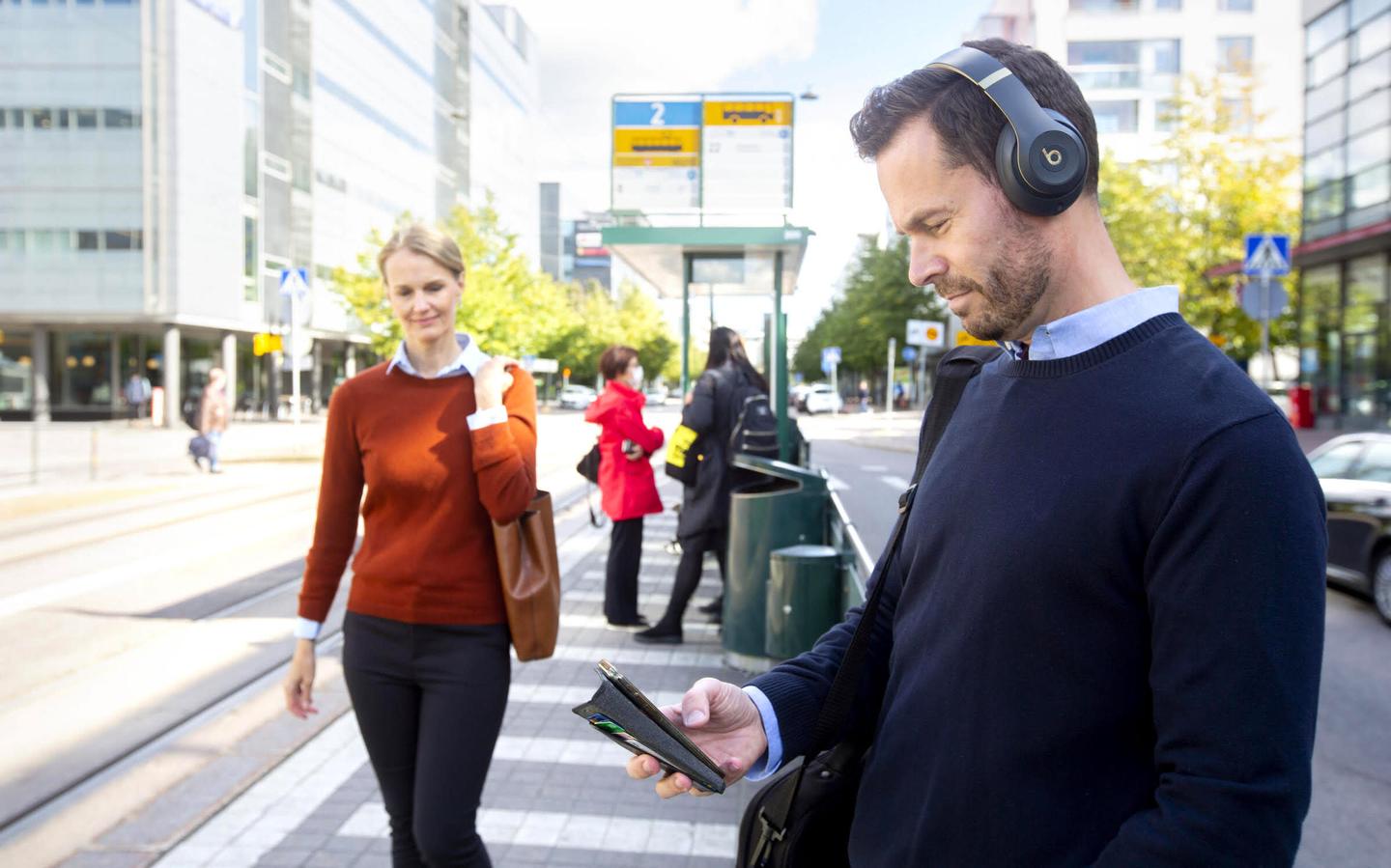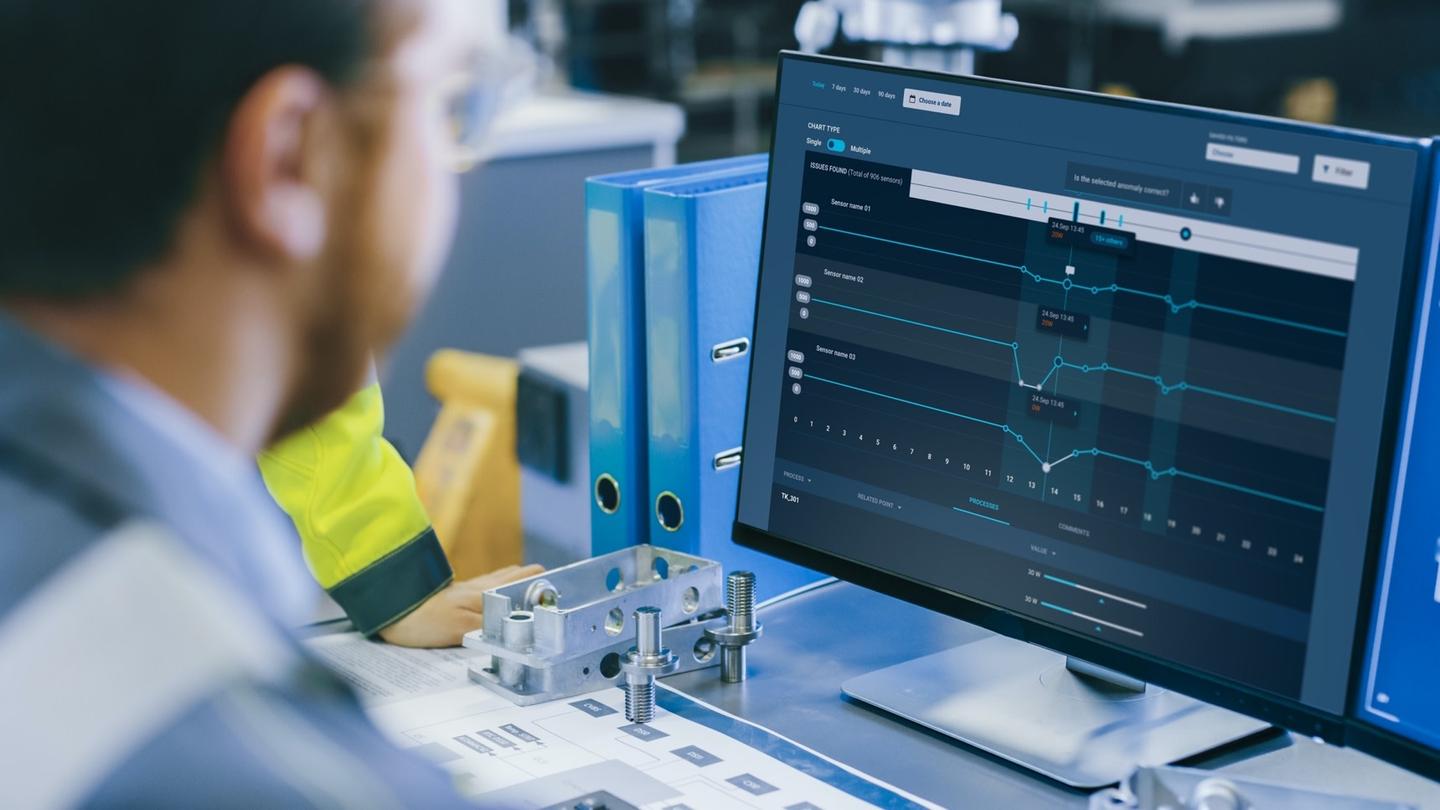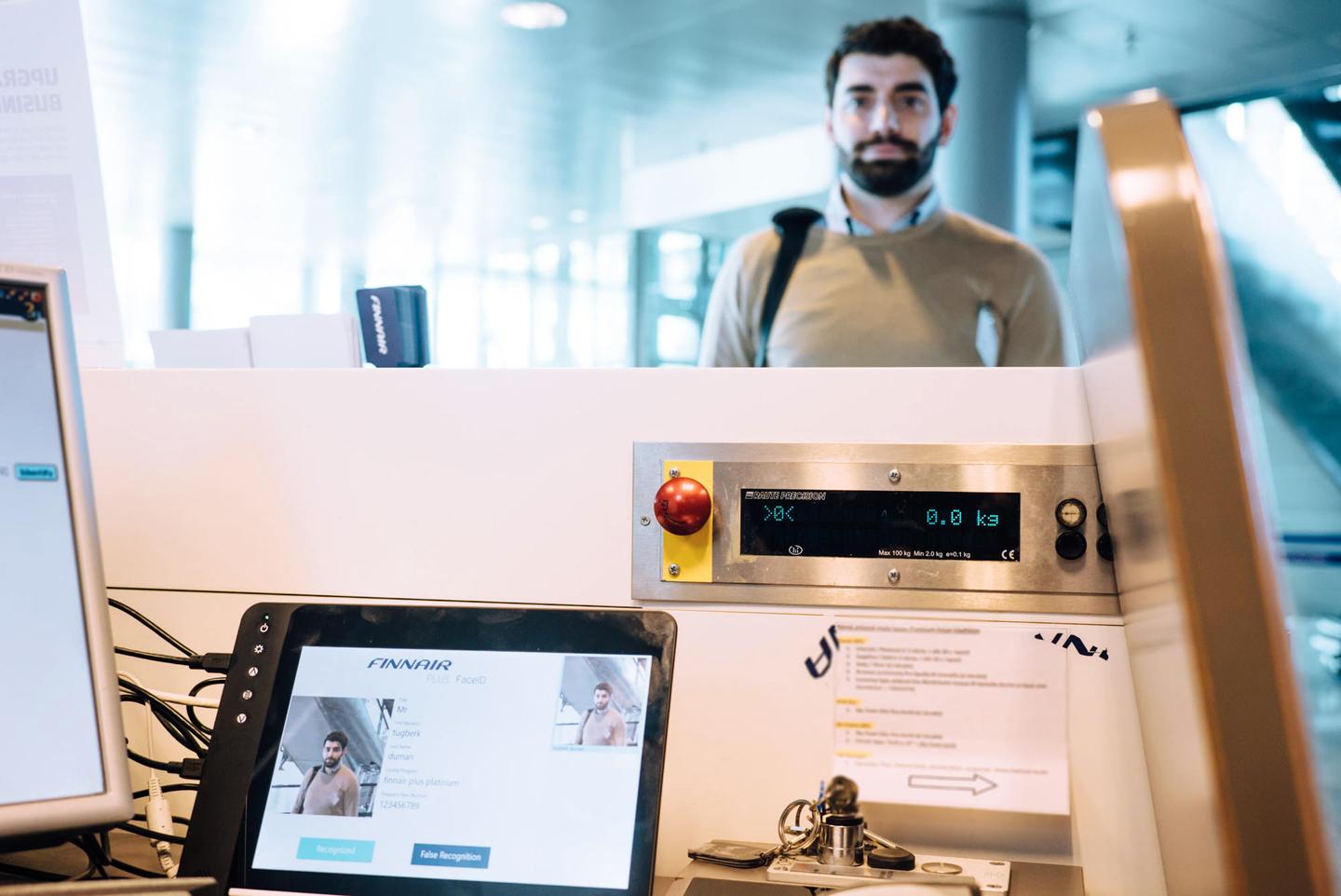Six attributes of a good service designer
I am a service designer. I never imagined I’d be doing what I do now when I started studyingindustrial design in the early 2000s. I thought I’d design industrial products for people and make the world a better place via gripped knives, toothbrushes and ergonomic chairs.
After a few years of studying design I came to the painful realisation that I’m not very good at designing physical products. I was interested in designing experiences and services.
I tried a few different things before finding my place in the industry. After working at multiple design agencies and one start up, I learned what type of design work I most enjoy. And the fact is, at its core, the work I do now actually is what I thought I’d be doing, back in the early 2000s.
Service design is about making life easier and more delightful for users. And it is about making the world a better place. The only difference is in the methods and tools.
 The secret is... service design is fun.
The secret is... service design is fun.
You’re athome, checking out a clothing brand’s web shop on your smartphone. You find a cool pair of shoes you want to buy, but you’d like to try them on before ordering. You find the closest store location and go there. They don’t have it in your size. Apparently another location on the other side of town might. You’re frustrated.
This is a service experience gone wrong and fixing it is a part of my job. I create seamless service experiences that work in both the digital and physical environment, and are beautiful as well as intuitive to use.
But I’m not writing this blog post to explain what service design is. It’s not playing withpost-its all day long. It’s not about drawing customer journeymaps every day. To create a customer journey map, you need to understand the user. You need togo out there and talk to the user.
I am writing this blog post because every time I talk to a person who wants to become a professional service designer I get confused.
The picture people have of what service designers do does not match the reality. People often tell me it is fun and holistic. What is ‘a holistic job’ anyway?
So let me tell you a secret. Service design is fun… if you are the right kind of person. So let’s look at the six main attributes of a good service designer.
1. You get it
There is no right or wrong background when it comes to service design. It’s a fairly new degree, so professional service designers come from a variety of different educational and professional backgrounds: industrial designers, fashion designers, business consultants…
Service design is a calling. It’s about making things better, seamless and natural.
You can designa mind-blowing experience that has a “wow effect” - like an optics shop where you can compare how different glasses fit your face using a simple tablet app. It’s new and impressive.
You can design something that just works so seamlessly the user doesn’t even notice something was designed. It works that well.
Service designers understand the big picture and know how to connect the dots between stakeholders.
Service designers are social.
2. You are a people person
Your personality is your most valuable tool.
The best service designers I know are socially very smart. They know how to read people. They know the right questions to ask at the right time. They understand the deeper meaning of the answers they receive.
Great service designers are good at bonding and empathising with others. They excel at adapting other people’s thinking and behaviour to match who they are talking with. Interviewing a truck driver is different interviewing a VP of an international investment company. You can prepare in advance by doing your homework on the end-user’s interests, but the interviewee will probably notice if you lack conversational skills.
People are very real and concrete and even though our work is about people, there’s a fuzzy and playful side to what we do, too.
3. You enjoy problem solving
Service design projects are often intangible and fuzzy. Service designers deal with vague design briefs and shoulder the responsibility of creating an outcome that might not look like a clear end product.
In a recent project the client gave me a list of 70,000 customers. I had to find the right ten people to participate in a pilot program. Our team defined requirements for the pilot users, after which we created a draft of a questionnaire to map out their suitability. Next I started calling the people on the list. I had a vague script to help me find what I was looking for. This is the fuzzy stuff service designers deal with.
Gut feeling is important. If you trust yours and can deal with uncertainty, you will be fine.
4. Uncertainty is your friend
Uncertainty in service design is present in the work environment, too. Especially in consulting, you have to be prepared to change work environments all the time.
I have an “office kit” I carry with me everywhere. It includes my laptop, adapters, post-its, pens and clothes that fit for different type of situations. You never know when you might have to go interview users or facilitate a client workshop, on the go without any advance warning. It happens.
5. You thrive when creating better experiences
Service design is a calling and a passion.
A friend told me how he decided to become a service designer. He’d heard a case study of a company that wanted to create the best train seating out there, with on-demand video player and other gadgets. When the company hired an agency to create an awesome train seat, the service designers went out and collected user insights.
They talked to travellers at the railway station and figured out what frustrated them the most. The designers mapped out the service journey and followed the travellers from point A to point Z, asking questions along the way.
They realised that customers were frustrated with the online ticket purchasing process. The station was also inconveniently located, with poor access to public and private transportation.
The designers went to the company and explained that they could outfit their trains with the most comfortable chairs in the world with the newest movies and it wouldn’t help. If the rest of the customer journey is a bad experience, a seat will not save it.
My friend was excited. This was exactly what he’d always wanted to do. Dig deeper, find the real problem and figure out the right solution.
A service designer wants to make things better on a higher level. In addition to improving the customer experience, we design better business and help the organisation work well, too. We are aware of that in order to create a smooth, seamless service experience for a customer, stuff behind the scenes has to work, too. Everything has to be in its place and ready to go at a moment’s notice.
6. You don’t need to show off
As a service designer some of your designs will never be noticed. You need to be comfortable with this fact. You can’t say, “Oh look I designed this mobile app and this chair”. Your design work is the intangible thing behind that app or that chair.
If you do your work well enough, the user will never realize you designed something.

Companies are starting to understand how important it is to create a seamless service experience. Whether the customer is at home using her smartphone or in a store - the experience should reflect the company brand values. Good service designers make the customer experience happen effortlessly. Being a service designer does not mean you have to master all the tools, just the right ones. Being a good service designer does not mean you need to know everything, just know whom you are designing for. If you are thinking of becoming a service designer, or you strive to be a better service designer, remember these six attributes.
1. You get it. You design for the end user, but you also understand that there are other stakeholders and processes around that end-user. You understand the details within the big picture.
2. You are a people person. You are social and you can small talk with all types of people. You know how to read people and ask the right questions without influencing the other person.
3. You enjoy problem solving. You don’t mind fuzziness and vague design briefs. You enjoy asking questions and solving complex problems.
4. Uncertainty is your friend. You are ready to get out of the building on short notice.
5. You thrive when creating better experiences. You are passionate about making things better. You care about a good service experience.
6. You don’t need to show off. You don’t mind that the end user will never know that you spent one year designing the perfect service experience. But you are proud of doing something that benefits the user.
Photos via unsplash.com
- In a nutshell: essential service design skills
- What are the six main attributes of a good service designer?
- The attributes of a good service desinger include undestanding the big picture and connecting the dots, conversational and people skills, enjoying problem solving, ability to cope and thrive in uncertainty, passion for better experiences and being proud of ones design without showing off.
- Aino HanttuService Design Lead





